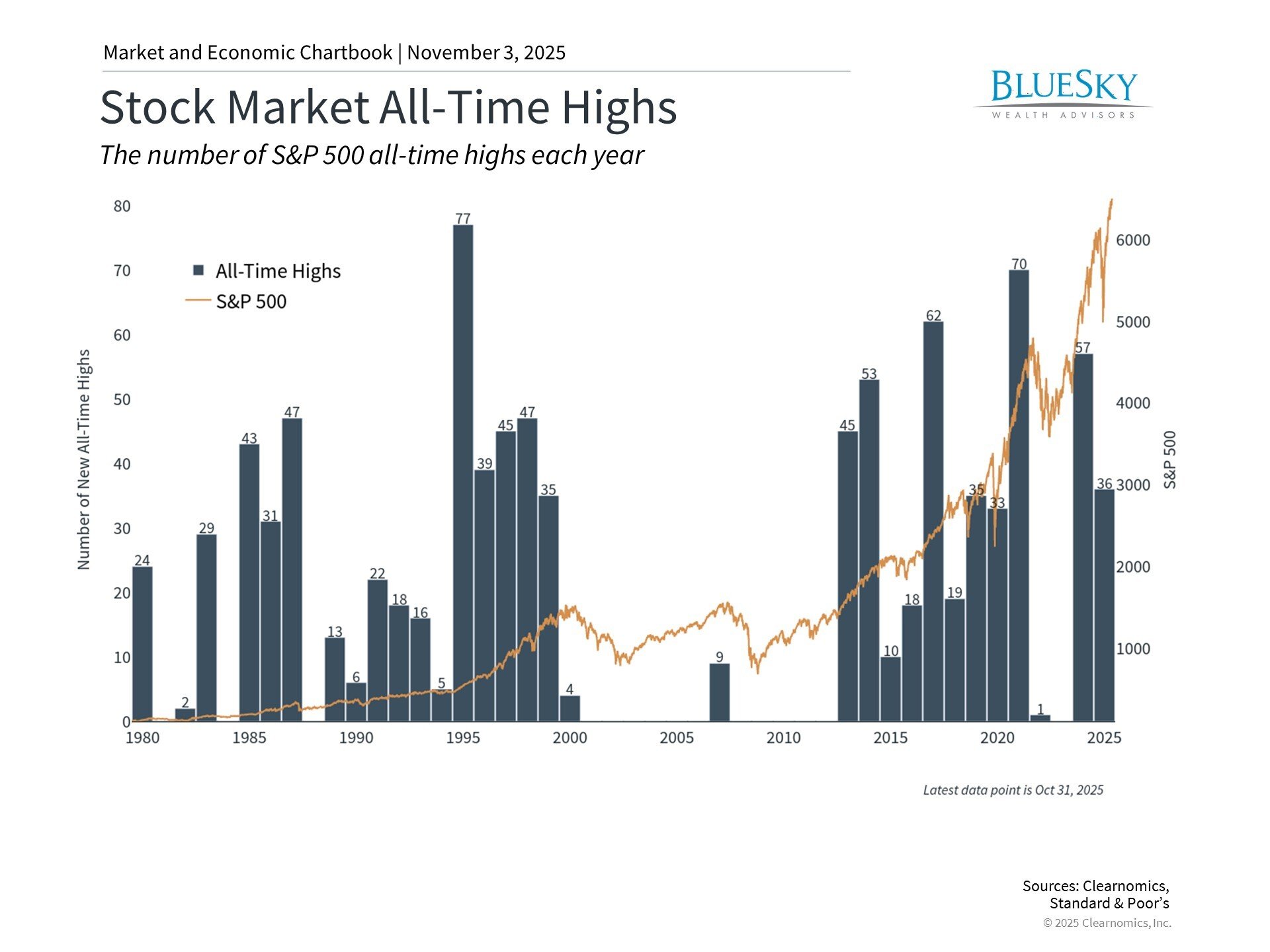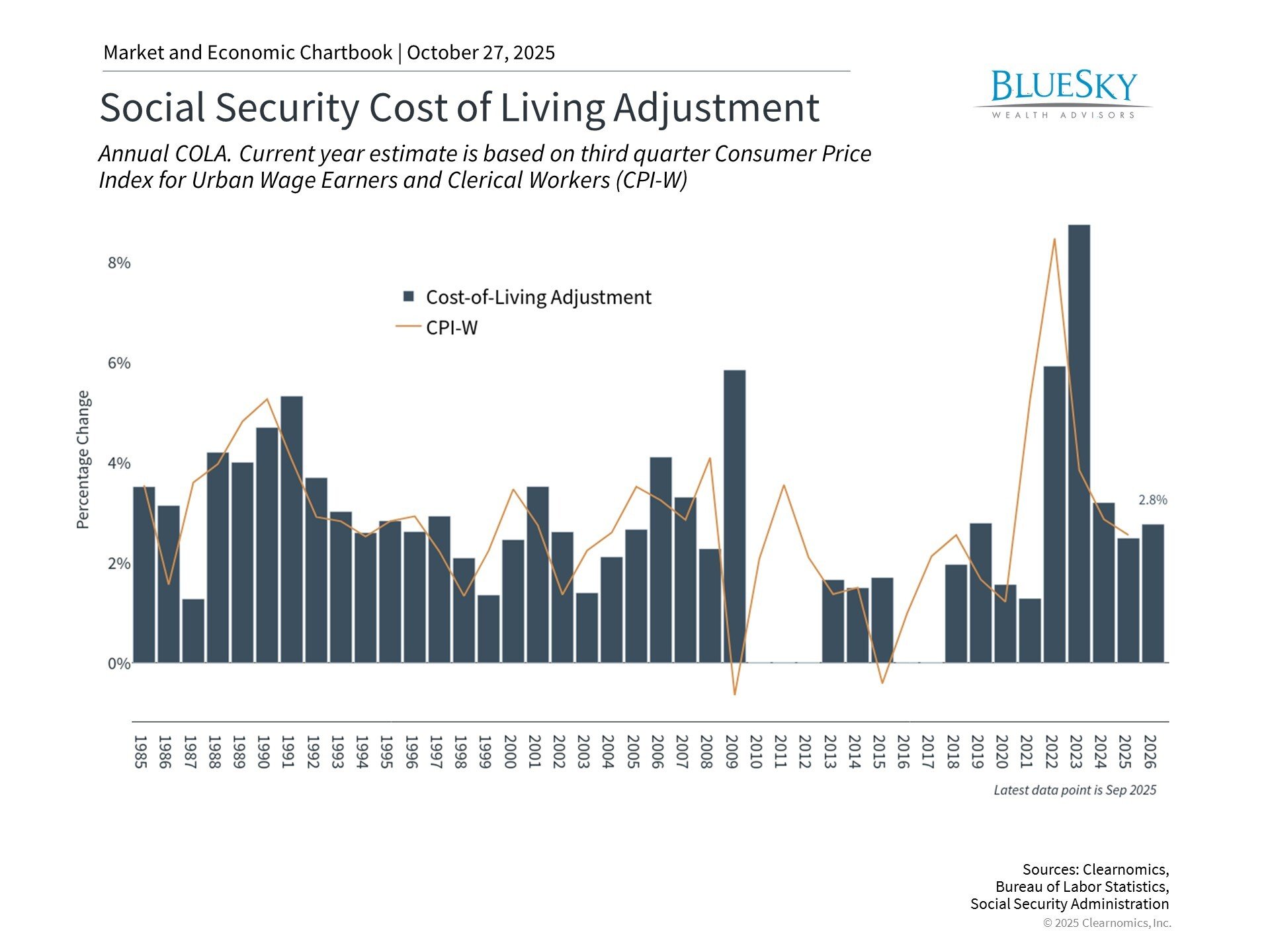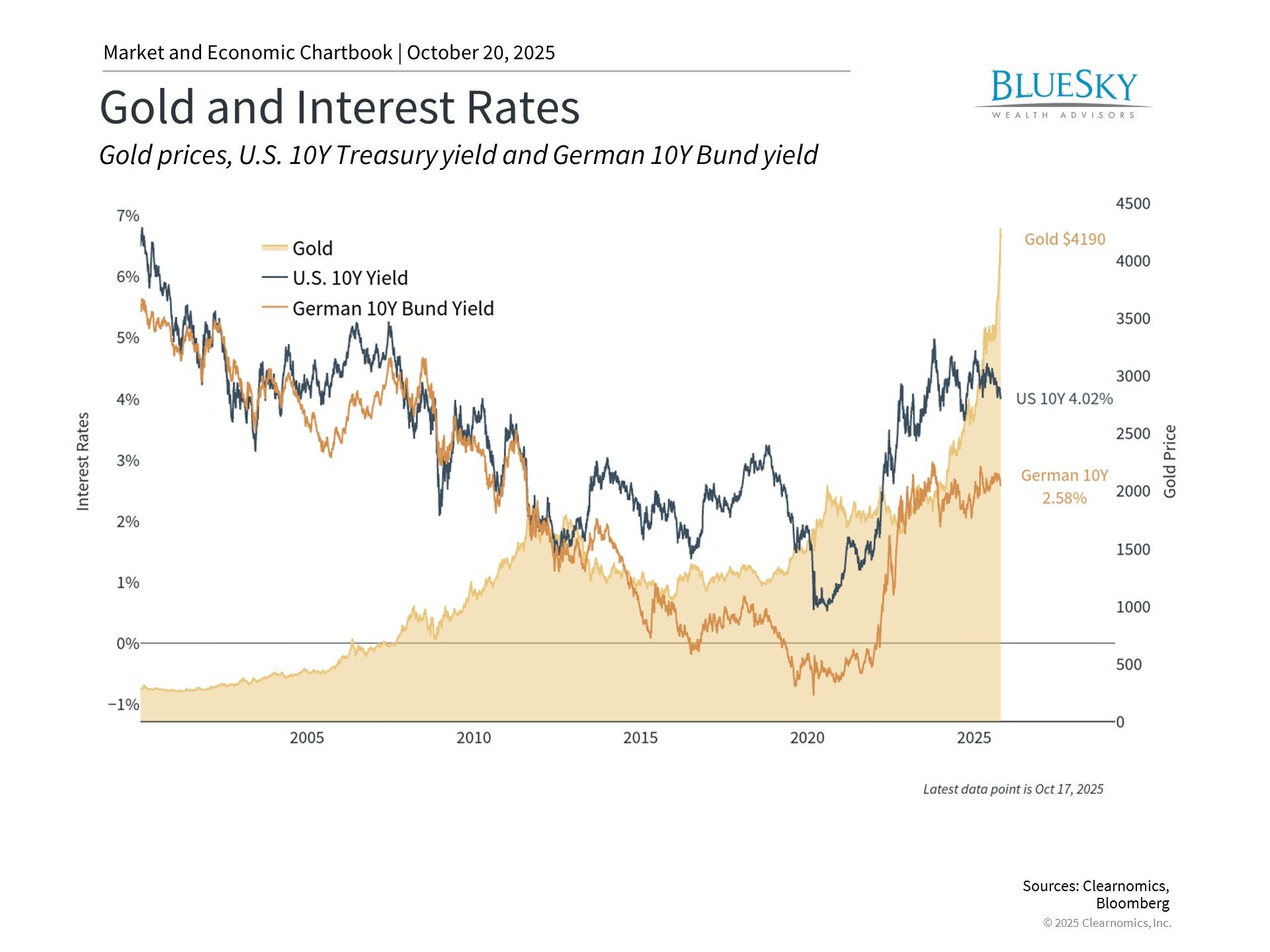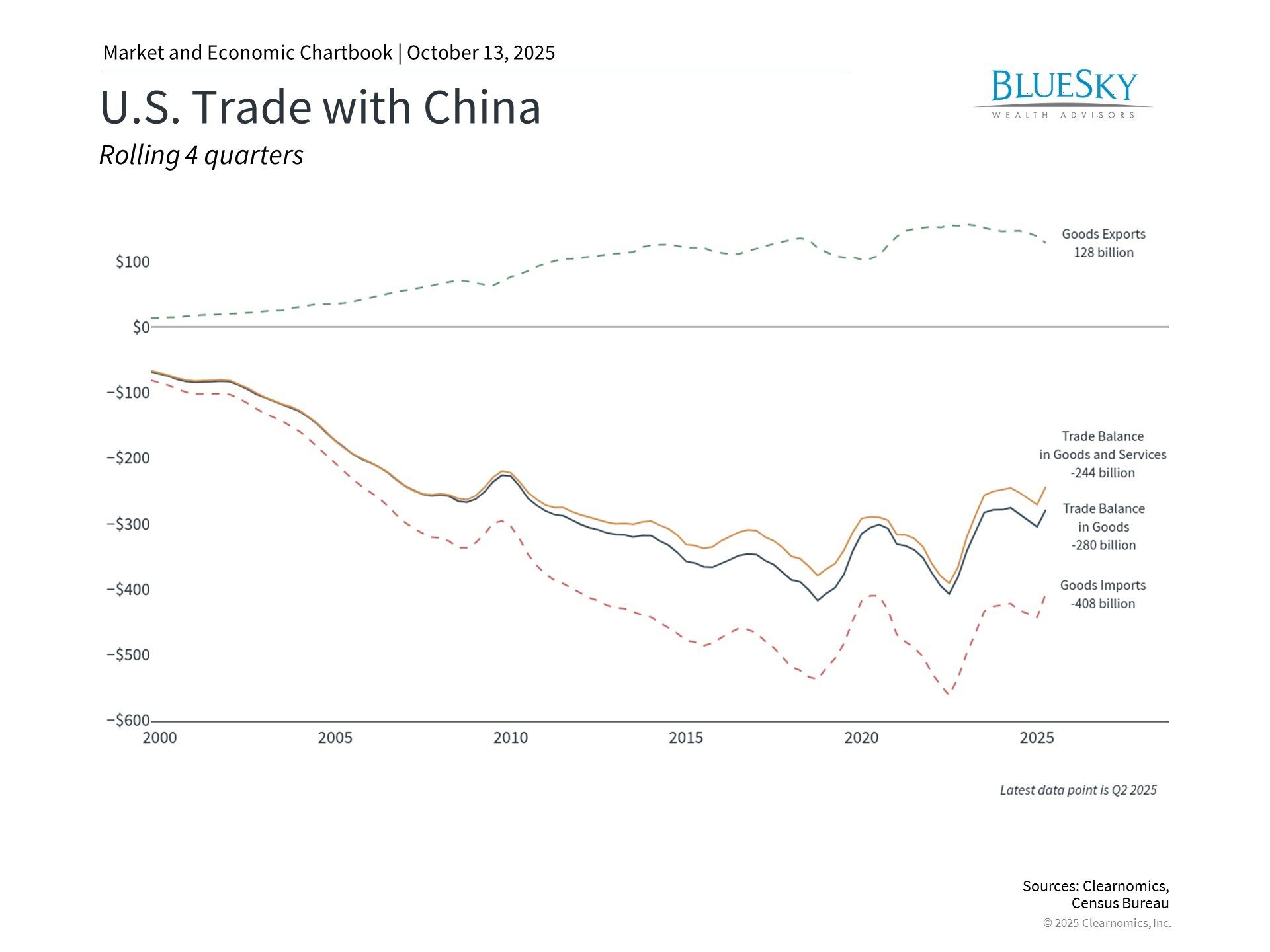
Pros & Cons of Model Portfolios? | What is a Model Portfolio
Pros & Cons of Model Portfolios? | What is a Model Portfolio

Are you a novice investor looking to build your wealth through portfolio management? Or maybe you’re an experienced investor who wants to diversify their investments. Whatever your investment goals may be, it’s crucial to understand the different options available in the market.
One popular approach is investing in model portfolios, managed or mutual fund accounts. In this guide, we will dive into the pros and cons of model portfolios so you can decide whether they are the right choice for your investment strategy. Keep reading to learn more!
What Are Model Portfolios?
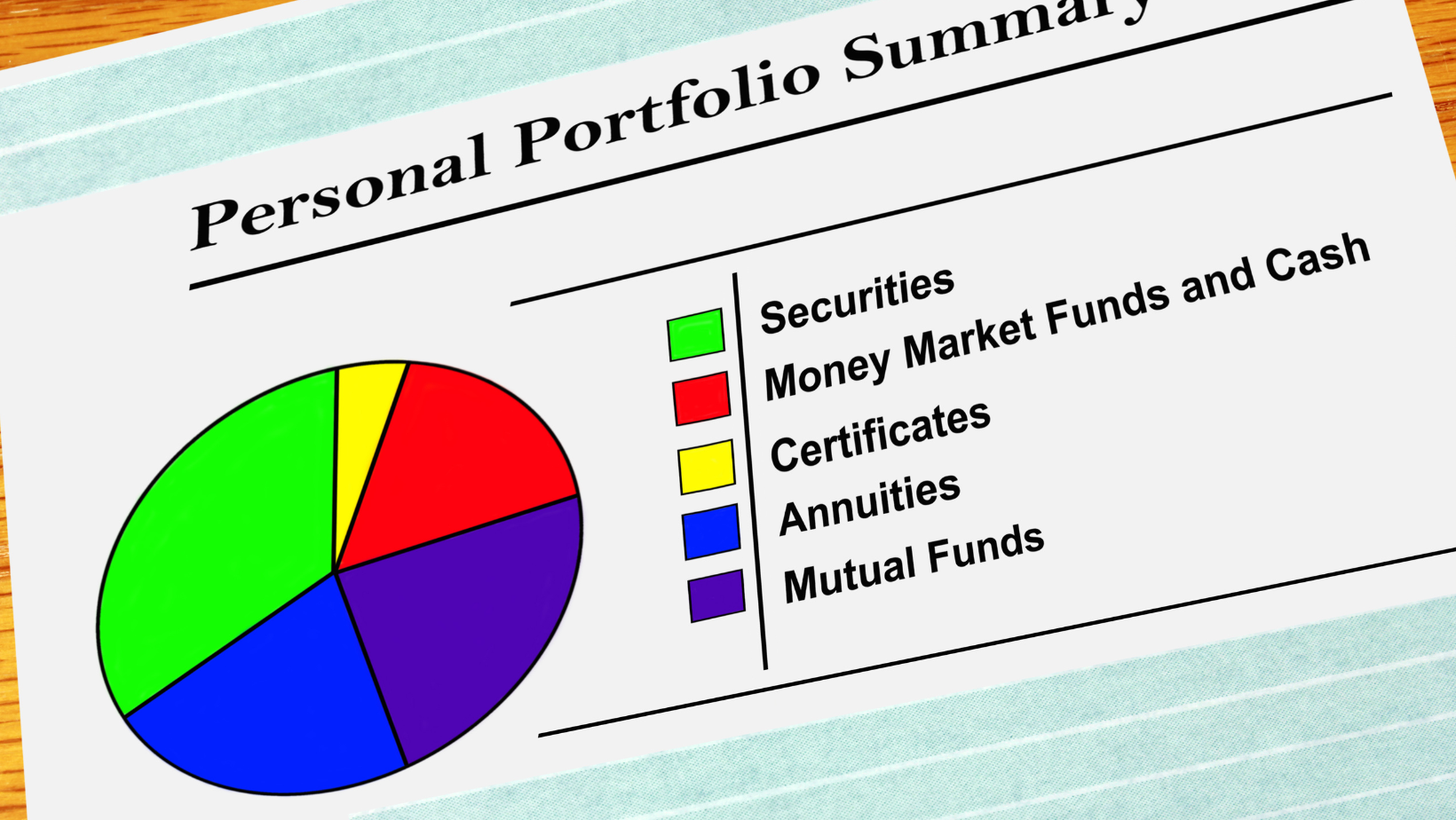
Model portfolios are pre-made investment portfolios that contain a mix of assets such as stocks, bonds, and cash. They are designed to cater to specific risk profiles and investment objectives. Financial professionals or robo-advisors create these portfolios and are typically made available to investors with varying risk tolerance levels and investment goals.
For example, an aggressive model portfolio may have a higher stock allocation, while a conservative one may have more bonds and cash holdings. Model portfolios are often used as a way for investors to diversify without actively managing their investments.
Pros of Model Portfolios
Model portfolios offer several benefits for investors, including the following:
Simplicity
One of the main pros of model portfolios is their simplicity. Since they are pre-made investment portfolios, investors do not have to spend time researching and selecting individual securities. This is especially beneficial for novice investors who may not know much about the market.
With model portfolios, all an investor has to do is choose a portfolio that aligns with their risk profile and investment goals. If you are a conservative investor looking for stable returns, you can choose a model portfolio with a higher allocation in bonds and cash. This simplicity also makes it easier to track and monitor your investments.
Diversification
Another advantage of model portfolios is diversification. They offer investors exposure to various asset management classes and investment advice, reducing the overall risk of their portfolio. This is especially useful during market volatility, as different assets will react differently to market changes.
For example, a portfolio with a mix of stocks and bonds may perform better during an economic downturn than a portfolio with only stocks. Diversification also helps spread risk and potential losses across different investments instead of being concentrated in one or two.
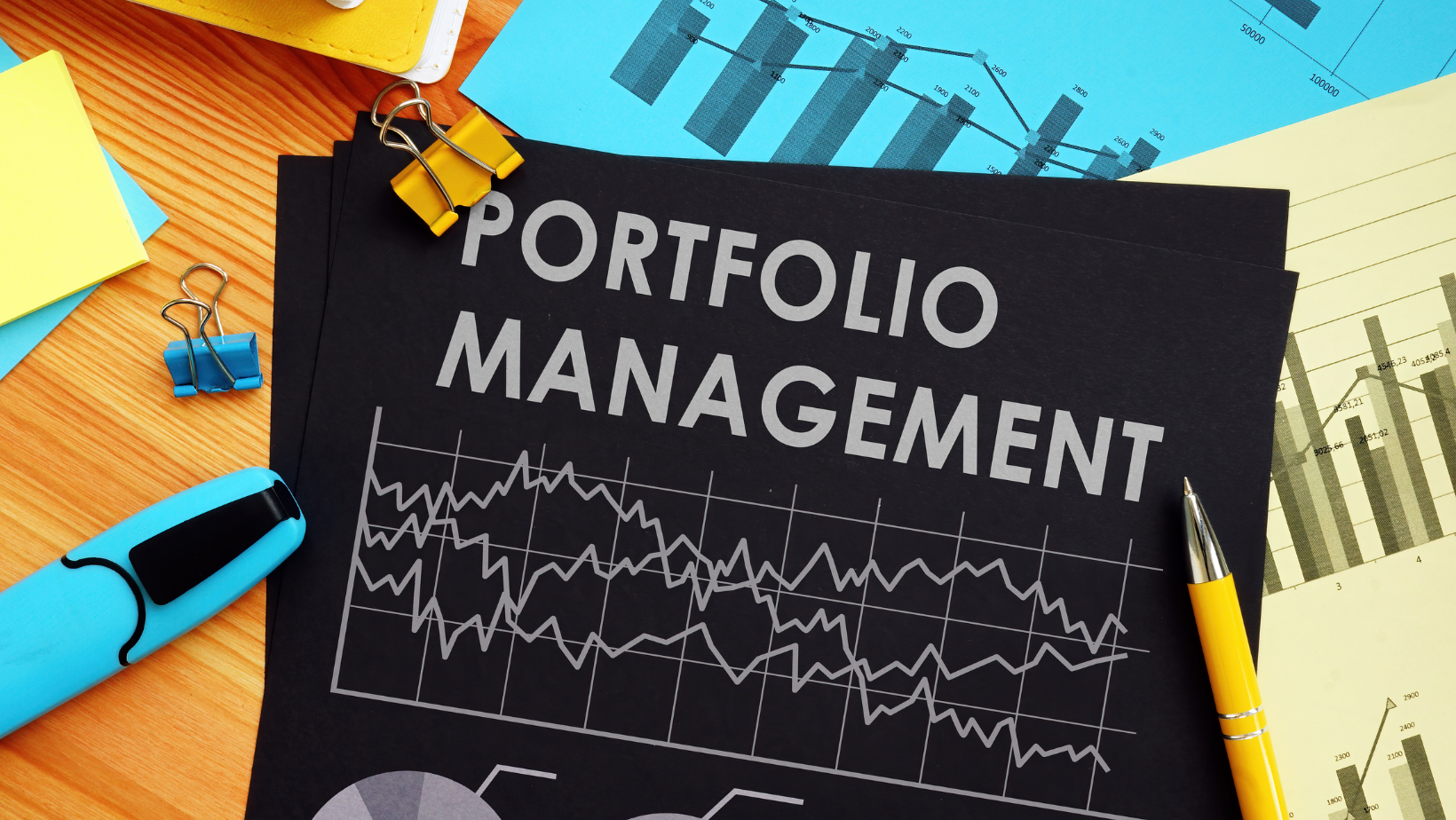
Cost-Effective
Portfolios models can often be a more cost-effective solution for investors. This is because they are designed to provide wide exposure to diverse asset classes without buying each security, which could rack up fees and transaction costs. By harnessing the power of economies of scale, model portfolios can lower the costs of buying numerous securities.
Furthermore, using automation and technology to manage these portfolios reduces overhead costs. Let’s take an example of an investor, Jane. If Jane were to invest in individual stocks, she would incur a fee for each trade she makes. On top of that, she would need to spend considerable time researching each stock. However, if Jane invests in a financial advisor, she benefits from diversification without the high fees or the time spent on research since the portfolio is professionally managed. This way, Jane gets the best of both worlds, saving time and money.
Professional Management
Model portfolios are typically managed by financial professionals or robo-advisors with expertise in portfolio management. This means that investors can benefit from the knowledge and experience of these professionals without having to manage their investments actively.
Professional management also helps make timely adjustments to the portfolio based on exchange traded funds conditions, ensuring that it stays aligned with the investor’s goals and risk profile. This takes the pressure off investors, especially during times of market volatility.
Time-Saving
As mentioned earlier, model portfolios can save investors time by eliminating the need for extensive research and active management. This is particularly beneficial for busy individuals who do not have the time to monitor their investments constantly. With asset managers, all an investor must select is a suitable portfolio and contribute mutual funds regularly. This simplicity and time-saving feature make model portfolios a great option for long-term investment strategies.
Cons of Model Portfolios
While model portfolios offer many benefits, there are a few downsides that investors should be aware of before investing. Some of the cons include the following:
Limited Customization
While model portfolios are designed to cater to a broad range of risk profiles and fixed income securities, they may not offer the level of customization that some investors might desire. The pre-set allocations of assets such as stocks, bonds, and cash may not align perfectly with an individual investor’s unique financial goals or circumstances. For instance, an investor with a strong knowledge of the tech industry might want a higher allocation of tech stocks than a standard model portfolio.
Alternatively, someone nearing retirement might require a specific blend of income-producing assets to support their lifestyle. In such cases, the inflexibility of model portfolios could potentially limit an investor’s ability to customize their investment strategy to suit their unique needs.
Regular Contributions Required
Model portfolios require regular contributions from investors to maintain the desired allocation of assets. This means that investors must commit to contributing a set amount at regular intervals, typically monthly or quarterly. While this may not be an issue for most investors, it could challenge those with irregular income streams or unpredictable cash flows.
For example, freelancers or individuals with seasonal work may not have a steady income to commit to regular contributions, making it difficult to maintain the desired asset allocation. In such cases, investors may need to explore other investment options that offer more flexibility regarding contribution amounts and frequency.

Lack of Control
A certain sense of control comes with picking out your stocks or bonds, feeling the thrill of the chase as you hunt for the next big thing. Well, my friend, you might have to bid adieu to this control when you choose model portfolios. In model portfolios, investment decisions are made by the portfolio managers or the algorithms that govern robo-advisors. As an investor, you surrender the reins to the professionals, and they drive your fiscal journey.
While this might liberate some from the time-consuming task of constant market monitoring, it also entails handing over your full trust to a third party. Let’s consider the case of Dan, an avid investor who’s spent years honing his skills and building an instinct for market trends. Dan prefers direct control over his investments, making timely decisions based on his market analysis. Unfortunately, the structure of model portfolios doesn’t cater to Dan’s hands-on approach, limiting his ability to make immediate changes based on his market predictions. Hence, for investors like Dan, this lack of control can be one of the significant downsides to using model portfolios.
Costs May Vary
While model portfolios generally offer lower costs than actively managed funds, the fees can still vary depending on the provider and the type of assets included. For instance, some providers may charge higher fees for including alternative investments such as real estate or private equity in their model portfolios. Similarly, robo-advisors may charge a higher fee for additional services such as tax-loss harvesting or financial planning. Investors must carefully review the fees associated with a particular model portfolio to ensure they get value for their money and do not overpay for unnecessary services.
Limited Returns
Model portfolios are designed to cater to a broad range of investors, meaning they may not be as tailored or focused as an individual’s investment strategy. As a result, the returns generated by model portfolios may not be as high as those from actively managed or individual stock portfolios. For instance, a young investor with a higher risk tolerance might want to allocate more significant portions of their portfolio to high-growth stocks, potentially leading to higher returns. However, model portfolios may not offer this level of customization, limiting the potential for higher returns.
Factors To Consider Before Investing in Model Portfolios
Before deciding to invest in model portfolios, investors should consider the following factors:
Risk Profile
When considering investing in model portfolios, one of the essential factors to consider is an individual’s risk profile. This refers to an investor’s willingness and ability to take on risk when making investment decisions. It is influenced by various factors such as age, financial goals, income, and personal circumstances.
Understanding your risk profile is crucial in determining which model portfolio suits you. For instance, a younger investor with a longer investment horizon and a higher risk tolerance may consider a more aggressive model portfolio, while an older investor closer to retirement age may opt for a less risky option. Ultimately, investors must carefully assess their risk profile before choosing a model portfolio to ensure it aligns with their financial goals and comfort level.
Investment Objectives
Another critical factor to consider before investing in model portfolios is an individual’s investment objectives. This refers to an investor’s specific financial goals, such as building wealth, generating income, or preserving capital. Model portfolios may be designed with a particular objective in mind, and investors need to align their objectives with those of the model portfolio. For example, if an investor’s primary goal is to generate income, they may consider a model portfolio with a higher allocation of dividend-paying stocks or fixed-income assets. Conversely, if an investor’s primary focus is growth, they may opt for a model portfolio with a higher allocation of equities and high-growth assets.

Time Horizon
An individual’s time horizon for investing is also crucial when choosing a model portfolio. This refers to the expected time an investor plans to hold their investments before needing them for financial goals such as retirement or purchasing a home. Generally, investors with longer time horizons can afford more risk and may consider model portfolios with higher allocations to growth-oriented assets. On the other hand, investors with shorter time horizons may prefer model portfolios with a more conservative mix of assets to protect their investments from market volatility.
Tax Implications
Investors must consider the tax implications of investing in model portfolios before making decisions. Model portfolios may be subject to different tax treatments depending on the types of assets included, and these taxes can significantly impact an investor’s returns. For instance, stock dividends in a model portfolio may be taxed differently than interest income from bonds. When choosing a model portfolio, investors must also consider the tax efficiency of robo-advisors or other providers. Some may offer services such as tax-loss harvesting to minimize taxable gains for investors.
Fees and Expenses
As mentioned earlier, investors must carefully review the fees associated with a particular model portfolio before making investment decisions. These fees can vary significantly depending on the provider and the services included in the model portfolio. Investors should also consider whether they are getting value for their money and if any additional services offered by robo-advisors or other providers are necessary for their investment goals.
Provider Reputation
Before investing in a model portfolio, investors should research the provider’s reputation to ensure they are reliable and trustworthy. This includes looking into their track record, investment philosophy, and potential conflicts of interest. Investors can also seek recommendations from financial advisors or do their due diligence by reading reviews and checking ratings from reputable sources.
Things To Avoid When Investing in Portfolios Models
Businesses and investors alike know that investment choices can be complicated, but the decision to invest in model portfolios should not be taken lightly. There are several common mistakes that investors should avoid when considering investing in model portfolios:
Chasing Performance
It is essential to remember that past performance does not guarantee future results. Investors must resist the urge to chase after a model portfolio with high returns in the previous year. Instead, they should focus on the long-term performance and consistency of returns. A model portfolio that has consistently generated moderate returns over several years may be a better option than one with higher but less consistent returns.
Not Diversifying
Diversification is essential when investing, as it helps reduce risk by spreading investments across different asset classes. Investors must ensure their chosen model portfolio is adequately diversified to mitigate potential losses from one poorly performing asset class. Additionally, investors should diversify within a specific asset class, such as having a mix of large-cap and small-cap stocks in their equity allocation.
Ignoring Personal Circumstances
Each investor has unique personal circumstances and financial goals to consider when choosing a model portfolio. Ignoring these factors and blindly investing in a model portfolio can lead to unsuitable investment decisions. Investors must carefully assess their risk profile, investment objectives, time horizon, and tax implications before deciding on a model portfolio.
Not Monitoring Performance
Investment professionals should regularly review the performance of their chosen model portfolio and make necessary adjustments when needed. Markets and economic conditions can change, potentially impacting the performance of a model portfolio. Investors must stay informed and make informed decisions to ensure their investments align with their goals and risk tolerance for them not to lose money.
Making Emotional Decisions
Investors must avoid making emotional decisions, such as panic-selling during market downturns or getting overly excited during bull markets. These emotional reactions can lead to poor investment decisions, and investors must stick to their long-term investment plan and not give in to short-term market fluctuations.
Conclusion
Model portfolios can be an effective tool for investors to achieve their financial goals. They offer a convenient and cost-effective way to access professionally managed investment strategies tailored to individual needs. However, investing involves risk and investors must carefully consider the pros and cons of model portfolios before making investment decisions.
By understanding the various factors that influence model portfolio performance and avoiding common mistakes, investors can maximize the benefits of model portfolios and achieve their long-term financial objectives. So, take your time, research, and choose a model portfolio that aligns with your risk tolerance and investment goals to set yourself up for success in investing. Happy investing!


